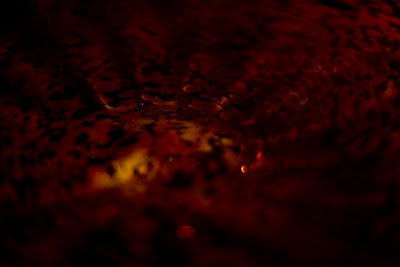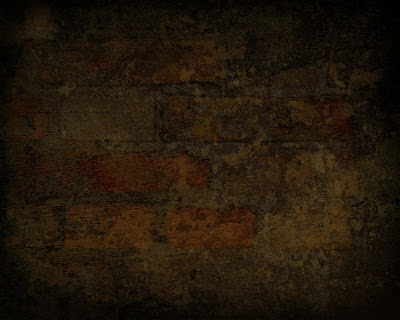There are some important factors that must be kept in mind while taking a photograph. It is important to examine the surrounding scenery in relation to the subject. Is there any object that sticks out like a sore thumb? For example, there might be a tree or a table that looks out of place and spoils the picture. If the individual in the picture is wearing a red shirt, then it is meaningless to take his photo against a photography backdrop that is also red.
The surroundings should not be too much of a distraction and it should not overpower the subject of the photograph. Photography backdrops are meant to enhance the photo, not be the primary point of attraction. It is important to use the aperture smartly. The photographer can blur the background by using a wide aperture, enabling the subject to be sharply in focus. Some photographers may prefer to fill the frame completely with the subject and almost eliminate the backdrop, thus giving a more intense feel to the final image.
When it comes to photography backgrounds for studios, most photographers use either clouded backdrops or plain backdrops. Each backdrop generally has a hem sewn in at the top so that they can be used with all commercial photographic stand systems. While some are heavy canvas, most of them are lightweight and portable, which makes them ideal for studio purposes as well as outdoor assignments. Custom-made backdrops are also available from certain suppliers and colour backgrounds are also available for projects requiring a massive canvas. Plain photography backgrounds give great results when used for fashion shoots and product shots. Chroma key cloths are particularly useful if the subject is to be modified digitally.
There are a variety of materials that is used for creating the backdrop. Paper rolls are available in large quantities in almost every color imaginable. They are fairly expensive though not particularly long lasting, which means that they would not fit the budget of most amateur photographers. The problem with paper is that it can very easily get torn or spoilt and cannot be used once the damage has occurred. A painted canvas can help a photographer take some truly stunning portraits but again, canvas backgrounds are very heavy and expensive.
Polyester cotton mix offers a good alternative, as this material is light but very durable. The pattern is dyed into the cloth so backgrounds manufactured from it can be machine-washed. The polyester makes backgrounds easier to iron, unlike muslin backgrounds which tend to crease very badly. By choosing the right type of photography backgrounds for their projects, photographers can produce top quality results and turn photographs into works of art.


.jpg)




No comments:
Post a Comment